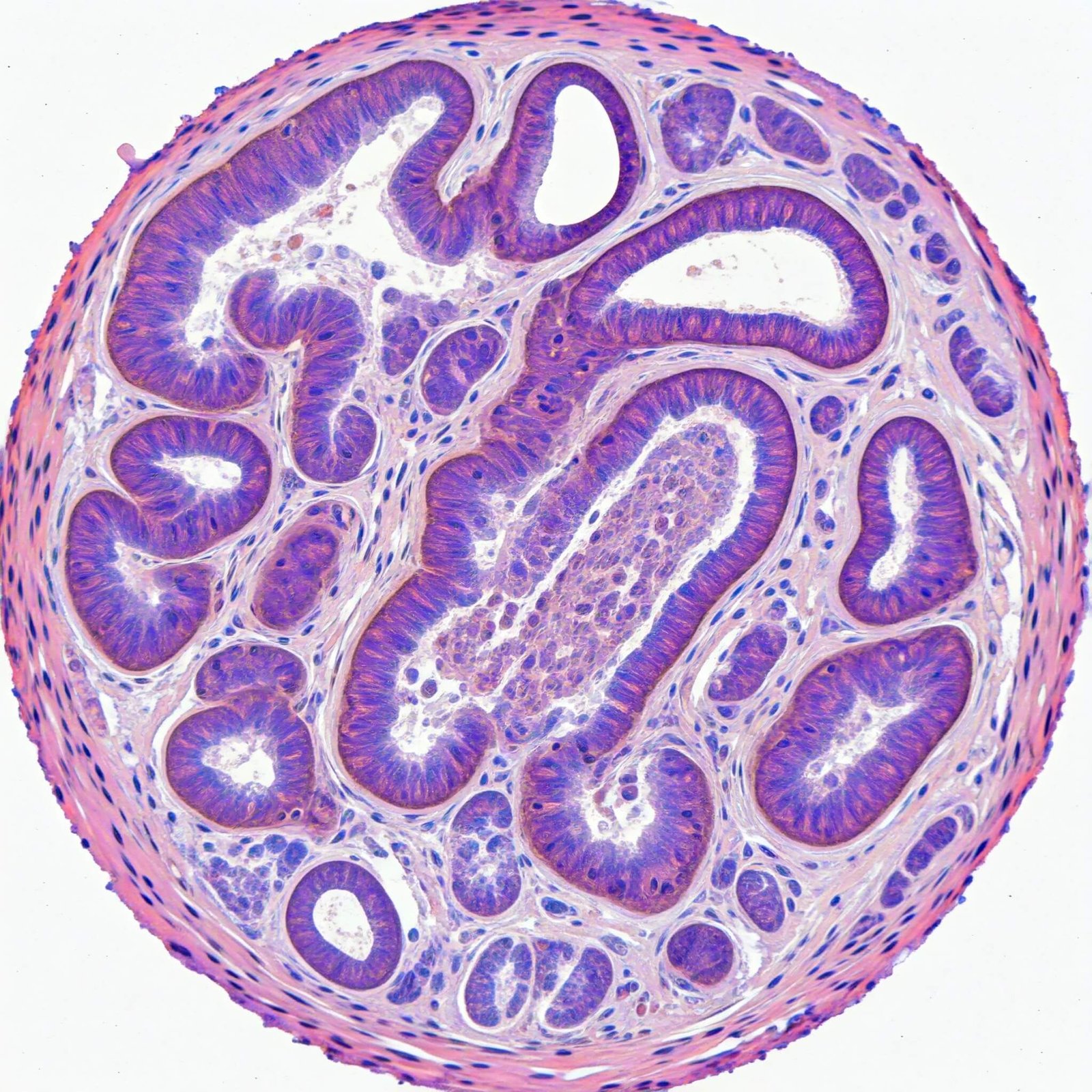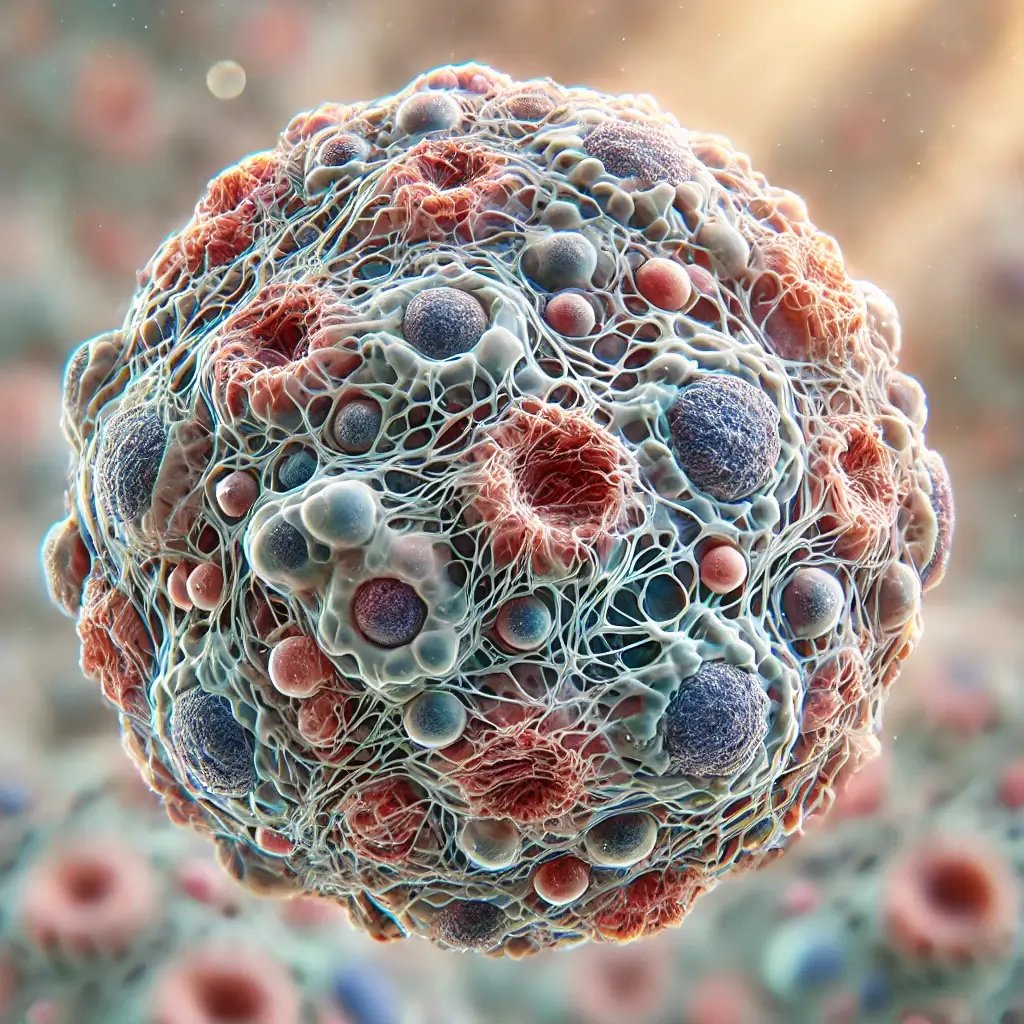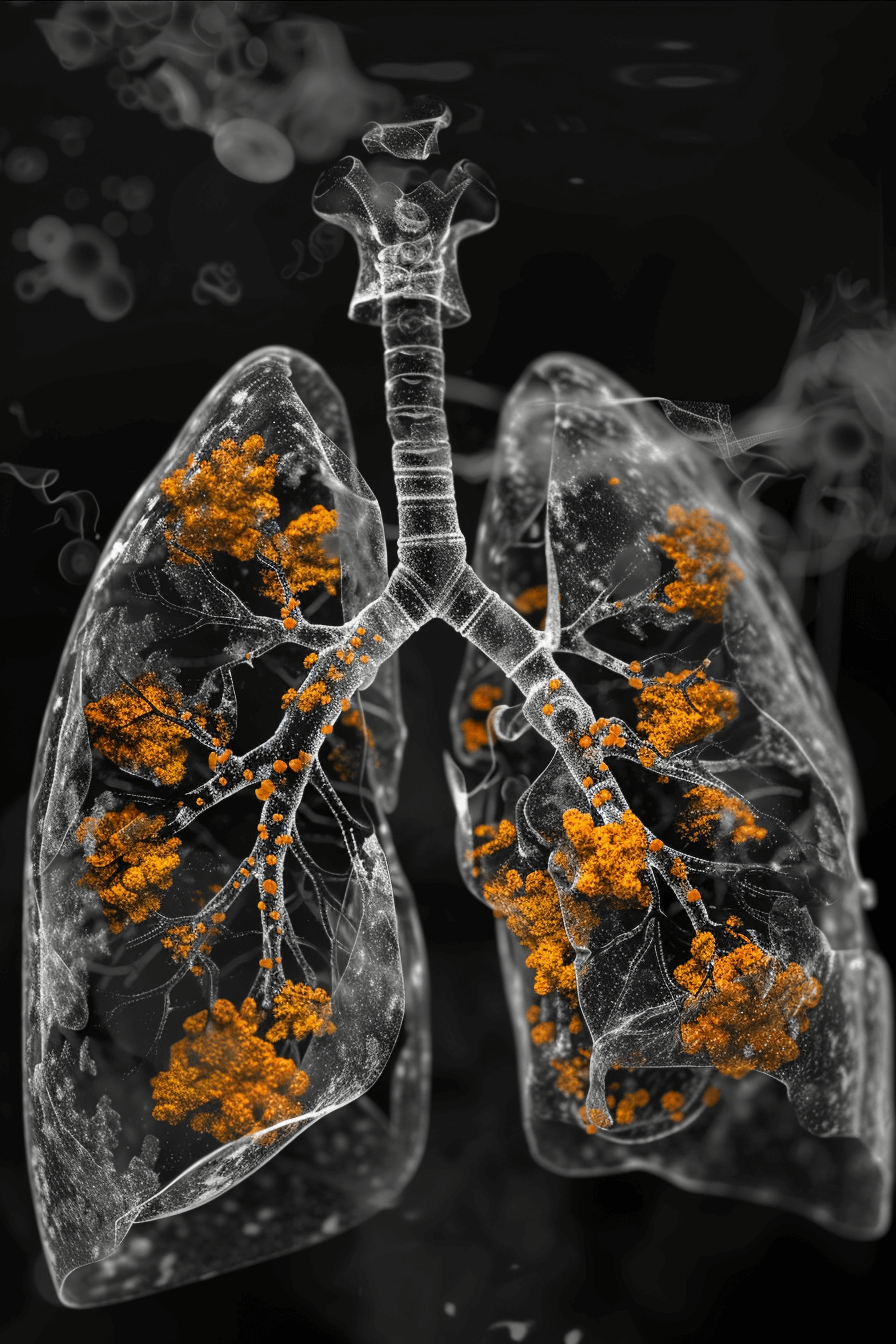Book Appointment Now
Understanding Adenocarcinoma: A Patient’s Guide

Adenocarcinoma: Guide
Introduction
What Is Adenocarcinoma ?
Adenocarcinoma is a type of cancer that begins in the glandular cells, which are responsible for producing mucus or other fluids. These cells can be found in many parts of the body, which means it can develop in organs such as the lungs, colon, breast and prostate. It is one of the most common forms of cancer affecting organs with glandular tissue. Studying Adenocarcinoma is essential because it represents a significant portion of cancer cases worldwide, and understanding it can lead to better prevention and treatment outcomes. Recent advances in treatment, like targeted therapies and immunotherapy, are offering new hope to patients diagnosed with adenocarcinoma.
Statistical Overview
Adenocarcinoma is among the most frequently diagnosed cancers. For instance, it is responsible for roughly 85% of all lung cancer cases and makes up the majority of colorectal cancers. The incidence rate varies significantly by region, age and gender. In the United States, approximately 1 in 17 men and 1 in 25 women will be diagnosed with some form of Adenocarcinoma during their lifetime. The five-year survival rate depends on the location and stage of the cancer at the time of diagnosis, ranging from 90% for early-detected prostate Adenocarcinoma to around 15% for late-stage lung Adenocarcinoma.
Medical Illustrations
A microscopic view of Adenocarcinoma cells:

A CT scan of Adenocarcinoma in the lung:

Risk Factors and Prevention
a. Known Risk Factors
- Smoking and Alcohol Use: Tobacco use is a major risk factor, particularly for lung and esophageal cancers.
- Diet and Lifestyle: A diet high in red meat and low in fiber can increase the risk of developing colorectal Adenocarcinoma.
- Genetic Factors: Family history plays a significant role in the likelihood of developing certain types of it, such as breast or colon cancer.
- Environmental Exposures: Long-term exposure to certain chemicals, such as asbestos or radon, can increase the risk of lung Adenocarcinoma.
b. Prevention
- Avoid Smoking and Limit Alcohol: Quitting smoking and reducing alcohol consumption are key preventive measures.
- Healthy Diet: Consuming a diet rich in fruits, vegetables and fiber helps reduce the risk, especially in colorectal cancer.
- Exercise Regularly: Physical activity is linked to a lower risk of many cancers, including the one we are studying today.
- Screening: Regular screenings, such as colonoscopies for colorectal cancer or mammograms for breast cancer, can help detect early changes that may lead to Adenocarcinoma.
Screening
Screening Methods:
Screening methods vary depending on the type of Adenocarcinoma:
Colonoscopy: Recommended for detecting colorectal Adenocarcinoma, usually starting at age 45.
Mammogram: Used for breast Adenocarcinoma detection, especially for women over 40.
Low-Dose CT Scan: Often used for high-risk individuals to screen for lung Adenocarcinoma.
Symptoms and Signs
Common Symptoms:
Symptoms can vary depending on the organ affected. Common signs to watch for include:
- Persistent Cough or Shortness of Breath: Particularly relevant for lung Adenocarcinoma.
- Blood in Stool or Change in Bowel Habits: A sign of colorectal Adenocarcinoma.
- Unexplained Weight Loss: A general symptom of many types of cancer.
- Fatigue: Feeling extremely tired even after adequate rest.
- Lumps or Changes in the Breast: May indicate breast Adenocarcinoma.
When to Seek Medical Attention:
- It is important to consult a healthcare provider if any of these symptoms persist for more than a few weeks, as early detection greatly improves treatment outcomes.
Diagnosis
The diagnostic process may also include imaging tests (such as CT or MRI), biopsies and blood tests to confirm the presence of cancer cells.
Stages
Types of Treatment
Overview of Treatment Modalities
- Surgery: Surgical removal of the tumor is common for early-stage cancers.
- Radiation Therapy: Uses high-energy rays to destroy cancer cells; often used alongside other treatments.
- Chemotherapy: Drugs used to kill cancer cells; may cause side effects like hair loss and nausea.
- Immunotherapy: Stimulates the immune system to fight cancer cells, often with fewer side effects than chemotherapy.
- Targeted Therapy: Focuses on specific molecules involved in cancer growth, minimizing damage to healthy cells.
Comparing Treatments
| Treatment | Mechanism | Side Effects | Efficacy (Survival Rate) | Study/Trial |
|---|---|---|---|---|
| Chemotherapy | Inhibits cell division | Hair loss, nausea | 50% 5-year survival rate | Smith et al., 2022 |
| Immunotherapy | Boosts immune response | Fatigue, rash | 65% 5-year survival rate | Doe et al., 2023 |
Living with Adenocarcinoma:
Living with Adenocarcinoma can be challenging both physically and emotionally. Here are some tips for managing life during treatment:
Emotional Support: Seeking support from counselors, support groups or loved ones is crucial for mental well-being.
Nutrition: A balanced diet rich in protein and vitamins can help maintain strength during treatment.
Exercise: Light physical activity, such as walking or yoga, can improve mood and reduce fatigue.
Additional Resources
- American Cancer Society
- National Cancer Institute
- Local cancer support groups and helplines
Key Takeaways
- Adenocarcinoma is a common cancer type that affects glandular cells in various organs.
- Key risk factors include smoking, diet and family history.
- Early symptoms vary by cancer type and include persistent cough, weight loss and changes in bowel habits.
- Treatments range from surgery to immunotherapy, depending on the stage and location of the cancer.
- Early detection and lifestyle changes are critical in managing risk and improving outcomes.
Final Recommendations
- Early Detection: Regular screenings are vital for early detection and better treatment outcomes.
- Healthy Lifestyle Choices: Avoid smoking, limit alcohol, eat a healthy diet and stay active.
- Talk to Your Doctor: If you have symptoms that persist, consult your healthcare provider for appropriate tests.
Disclaimer
The information provided in this article is intended for general informational purposes only and should not be construed as medical advice. While every effort has been made to ensure the accuracy of the information presented, it is not a substitute for professional medical guidance, diagnosis, or treatment. Always consult a qualified healthcare provider with any questions you may have regarding a medical condition, including Adenocarcinoma. Do not disregard or delay seeking professional medical advice based on information found in this article. The authors and publishers are not responsible for any consequences resulting from the use of the information provided.
